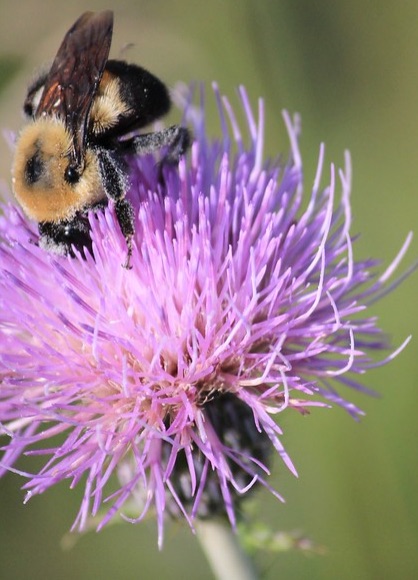Cirsium flodmanii
Cirsium edule
Flodman's thistle
edible thistle
Leaves green but sparsely covered with long, soft hairs on both surfaces, moderately spiny, lobed, lanceolate to oblanceolate, up to 3 dm. long.
Heads usually borne singly at the ends of the branches;
involucre 2-4 cm. high, spider-webby, its bracts loose, not much inbricate, all slender and tapering, all but the inner with short spine tips;
flowers all tubular, bright pink-purple, the corolla tube 7-11 mm. long, the corolla lobes 5-10 mm. long;
style exerted 3-8 mm. beyond the corolla lobes;
receptacle densely bristly.
Cirsium flodmanii
Cirsium edule
British Columbia to north-central Washington,south in the Rocky Mountains from Alberta, east to the Great Plains and Great Lakes region.
Occurring on both sides of the Cascades crest in Washington; British Columbia to Oregon.



